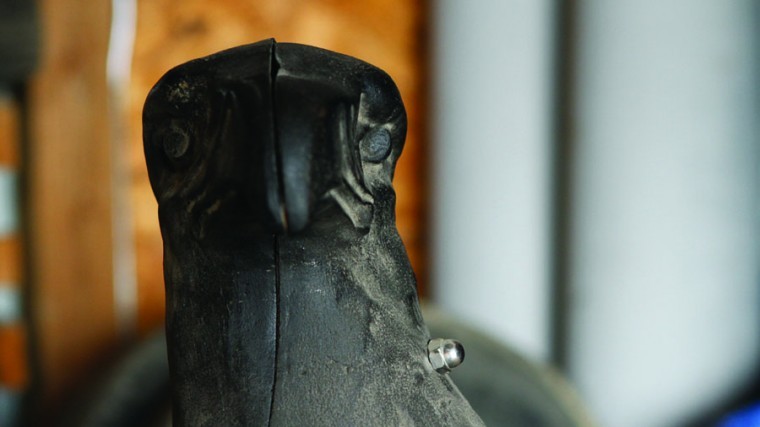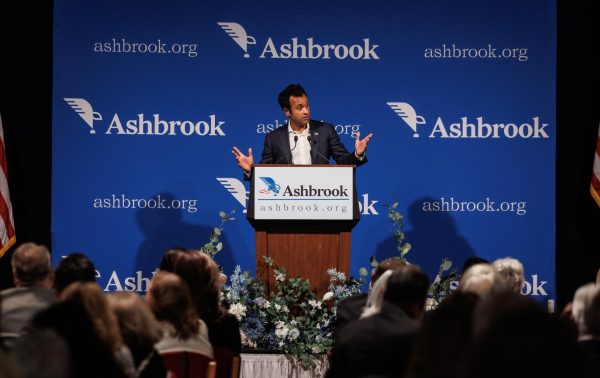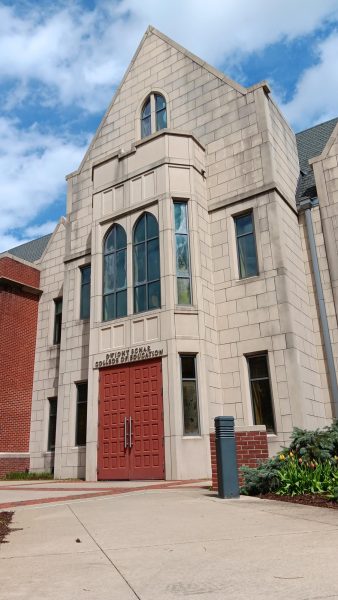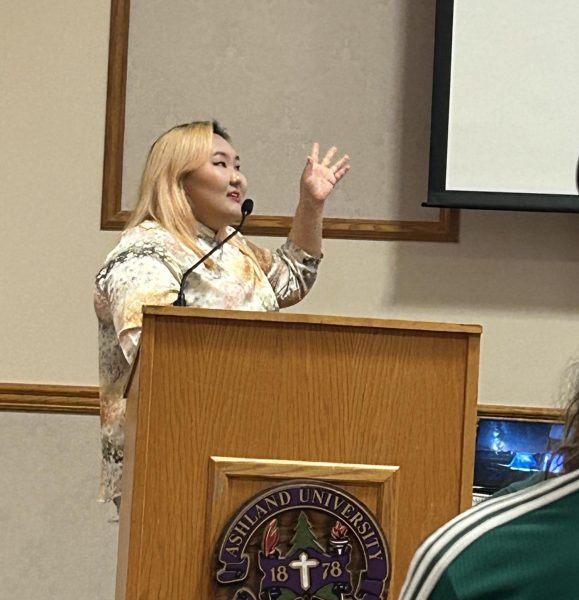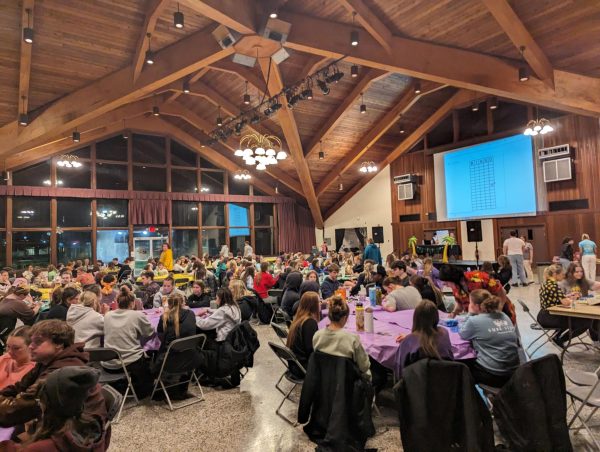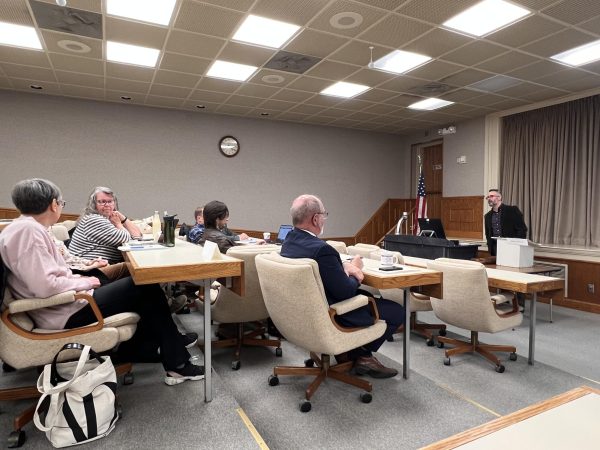Is theft the answer to a problem?
January 19, 2012
There are few outdoor places on campus where a four-foot eagle statue isn’t within view; even indoors, a line of sight to one of the cast-iron statues is likely. They are icons of the university and well-established pieces of campus culture.
Most students don’t know the cultural significance of the eagles and even their presence on campus is often taken for granted, their history of deviance unappreciated.
“In the mid-1930’s, students were looking for a new identity,” Duncan Jamieson, history professor and eagle expert, said. “The symbol of the New Deal was the blue eagle…students decided that the eagle would be a good representation of the college.”
Then, in the spring of 1941, four students went to a Case Implement dealership in Wooster and stole the first eagle statue, a 400-pound advertising emblem for Case. Because it was such a small campus at that time, only having 500 or 600 students, everyone knew who those four students were. When the president found out about the theft, those students were quickly suspended.
Jamieson said that the owner of the dealership was likely contacted. Instead of taking the eagle back, however, the owner accepted $25, allowing the college to keep it.
That first statue began what would turn into a tradition of theft on campus. Over time, the campus administration turned a blind eye. Since 1941, students have probably stolen 30 eagles from area dealerships. The statues have come from as far away as Lebanon, just short of Cincinnati.
In that time, the theft was a nothing sort of pastime. It was one of the things that the students did for fun.
“Going to a small, Christian college, students [at that time] couldn’t smoke, they couldn’t drink, they couldn’t dance, they couldn’t play cards but they could steal eagles,” Jamieson said.
The dealerships didn’t actually own the eagles, either. Case Company lent the statues to dealers as an advertising piece to increase business.
When the war came, Case asked the dealerships to return the eagles so they could be melted down in the scrap drive. Dealers could avoid returning their eagle by just saying that it had been stolen.
The dealers weren’t really in a place to say anything, then, when students actually stole their eagle.
The presence of the eagles isn’t static; over the past 60 years, eagles have changed names and changed places. Some have even disappeared.
Past generations of students have held the eagles in very high regard. Louise, the eagle that sat in front of the late Miller Hall, was a good luck charm for students during exam times. Students believed that dropping change in her beak would give them the grade that they hoped for.
The eagles are even included in obscure folklore.
“Supposedly, the eagle in front of Jacobs Hall will flap its wings when a virgin walks past,” said Jamieson.
These eagle traditions are well documented around campus. In upper Convo, there is a place card in the display case that shares the lucky Louise tradition. The Ohio Historical Marker between Convo and Kem Hall shares a brief and abridged history of how the eagles first came to campus.
Ashland University tour guides are asked to know the backstory, in case prospective students or their families ask what the eagles are.
Along with the information available in the tour guide book, there is an optional test on Angel that the guides can take.
Tour guide Richard Quick knows the history of the eagles but doubts that many students do.
“I think that [the eagles] are a valuable part of the campus culture,” Quick said. “Especially Old Abe.”
Old Abe is the largest eagle in the flock, and sits on a cement globe in front of the Recreation Center. He was a gift from Case, with the assumption that after he came to campus, Ashland students would stop stealing eagles from the dealerships.
Jamieson said that in the five years after Ashland received Old Abe, four new eagles had been stolen.
Not to say that it was an ethical thing to do, but there was a great sense of campus community and unity during the years that most of the eagles came onto campus. The eagles gave the students pride and bringing them to campus allowed the students to contribute to the culture of the institution.
Today, that same sense of unity doesn’t exist. Sophomore Sam Rogan said that a school like Ohio State University has a greater sense of cohesiveness because of the history that the students knowingly share. Every year, they feel like they are contributing to that history as well.
Campus unity at Ashland is something different altogether. Both Quick and Rogan believe that there is little to no sense of community here.
It’s difficult to contribute to the campus culture.
Sophomore Kyle Hronek believes that all campus culture is derived from some sort of deviant behavior, be it theft or vandalism. Hronek transferred from the University of Cincinnati, where he said that was also the case.
“Even with something like the fraternity rocks, that is vandalism,” Hronek said.
Rogan believes that students are more eager to contribute to an element of culture if it requires something like theft, because deviance is held as almost a value of the college student. That feeling of accomplishment can draw students together.
“If we were to start something new [like stealing the eagles], I think students would be very eager to participate,” Rogan said. “It would be awesome.”
Quick also believes that there would be advantages to creating a new way to contribute to the campus culture.
“I think that it would increase campus unity and spirit,” Quick said.


